#haitian
Text

Beverly, 21
“I’m wearing a yellow Haitian inspired yard skirt and a vintage apple bottom top. My style is heavily inspired by my country and and childhood (the 2000s). My personal style is very versatile and I am inspired by many other things but here I think I was inspired by early Afro Latin market women and Haitian festival culture.”
Aug 27, 2023 ∙ Bed-Stuy
2K notes
·
View notes
Text
Also, since it’s Haitian Independence Day…
My Cash App is $JulieeDaffodil.
Get to work.
291 notes
·
View notes
Text

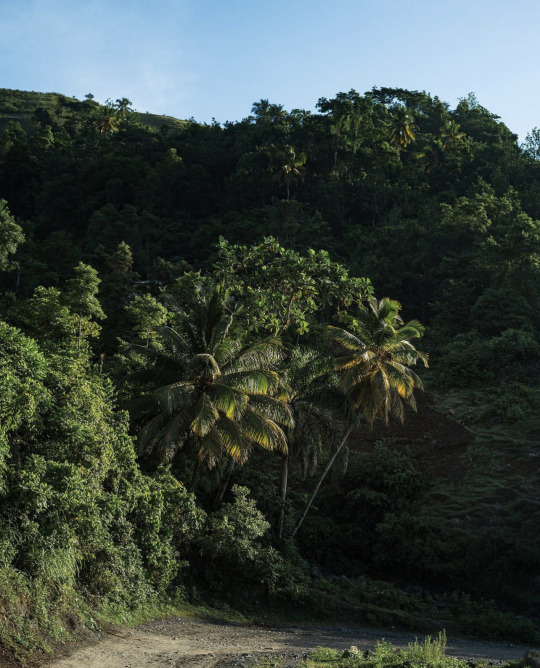
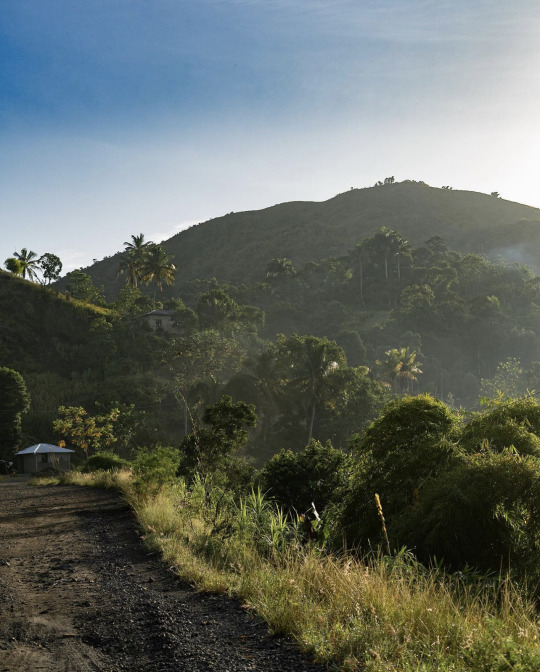

📍Morne Puilboreau, Haïti 🇭🇹
via @jeanoscar.a
#haiti#ayiti#haitian#caribbean#ayisyen#west indian#west indies#afro caribbean#caribbean culture#carribean#les antilles
263 notes
·
View notes
Text

Jean-Michel Basquiat
#Jean-Michel Basquiat#haiti#haitian#haitian art#art#black art#art naif#street art#graffiti art#modern art
265 notes
·
View notes
Text

Findingpaola
📸 by lorenzo.marez
286 notes
·
View notes
Text
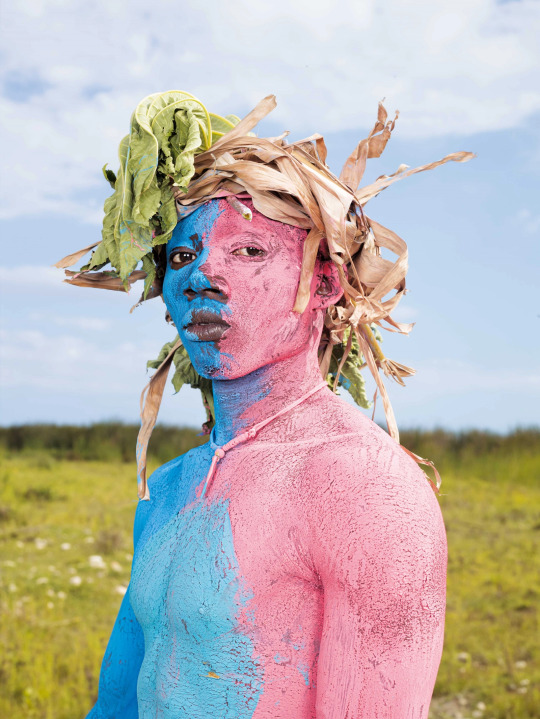
Haitian Jacmel carnival attendee, Haiti, by Charles Fréger
#haitian#haiti#carribean#america#traditional fashion#folk clothing#traditional clothing#cultural clothing
262 notes
·
View notes
Text
Storm K.
#storm k#blackisbeautiful#blackbeautiesglobal#ebony women#eye candy#fine ass women#influencer#brown skin#ig model#curvy girls#ebonycurves#fanbase#haitian women#haitian#dominican
133 notes
·
View notes
Text
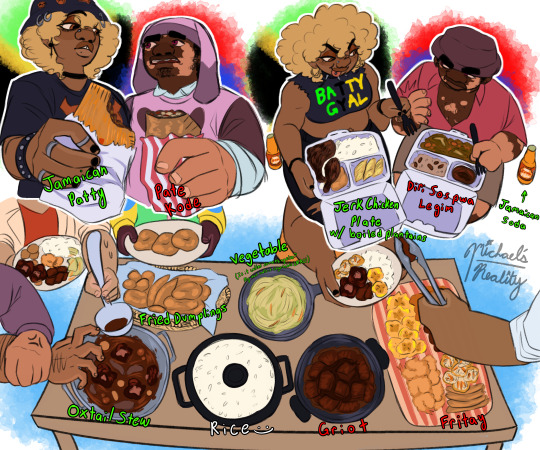
OC TOBER DAY 16 : FOOD
IT WAS SO IMPORTANT I FINISH THIS DAY AAAAAA!!! Mostly a Bea and Dip piece (the only ones that are decidedly caribbean 😵) but the other Job hunt cunts are there to share food with them :) I don't usually draw food so if I drew any of this weird I'M SORRY!!!! But yeah :) i wanted to share a bit of culture
#oc tober#oc tober 2023#jbhnt#oc art#caribbean#jamaica#haitian#i dont know what to fucking tag this KFGKD#black art#blacktober#this is my secret that i leave in the tag#i had to ask my friend for help. i've never had haitian food despite living around haitians my whole life 💀#i am jamaican so maybe my family just made sure i never had any LMAO#bea and dip are bridging the gap <3#anyways hehe!#i hope you likey :)#miccybiccy's art tag
97 notes
·
View notes
Photo

A manbo (also written as mambo) is a priestess (as opposed to a oungan, a male priest) in the Haitian Vodou religion. Haitian Vodou's conceptions of priesthood stem from the religious traditions of enslaved people from Dahomey, in what is today Benin. For instance, the term manbo derives from the Fon word nanbo ("mother of magic"). Like their West African counterparts, Haitian manbos are female leaders in Vodou temples who perform healing work and guide others during complex rituals.
This form of female leadership is prevalent in urban centers such as Port-au-Prince (the capital of Haiti). Typically, there is no hierarchy among manbos and oungans. These priestesses and priests serve as the heads of autonomous religious groups and exert their authority over the devotees or spiritual servants in their hounfo (temples).
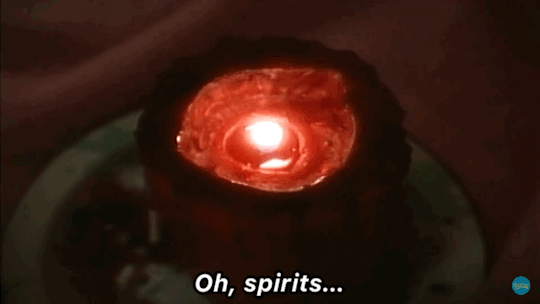
Manbos and oungans are called into power via spirit possession or the revelations in a dream. They become qualified after completing several initiation rituals and technical training exercises where they learn the Vodou spirits by their names, attributes, and symbols.
The first step in initiation is lave tèt (head washing), which is aimed at the spirits housed in an individual's head. The second step is known as kouche (to lie down), which is when the initiate enters a period of seclusion. Typically, the final step is the possession of the ason (sacred rattle), which enables the manbos or oungans to begin their work. One of the main goals of Vodou initiation ceremonies is to strengthen the manbo's konesans (knowledge), which determines priestly power.
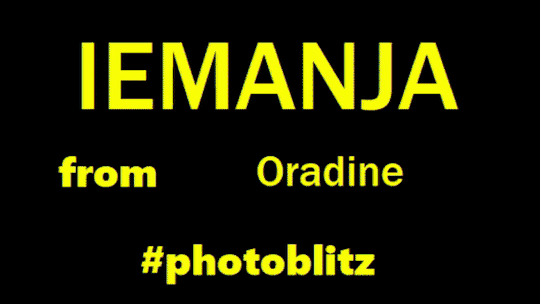
The specific skills and knowledge gained by manbos enable them to mediate between the physical and spiritual realms. They use this information to call upon the spirits through song, dance, prayer, offerings, and/or the drawing of vèvès (spiritual symbols). During these rituals, manbos may either be possessed by a loa (also spelled lwa, Vodou spirits) themselves, or may oversee the possession of other devotees. Spirit possession plays an important role in Vodou because it establishes a connection between human beings and the Vodou deities or spirits. Although loas can "mount" whomever they choose, those outside the Vodou priesthood do not have the skills to communicate directly with the spirits or gods. This is because the human body is merely flesh, which the spirits can borrow to reveal themselves via possession. manbos, however, can speak to and hear from the Vodou spirits. As a result, they can interpret the advice or warnings sent by a spirit to specific individuals or communities.

Cécile Fatiman is a Haitian manbo famously known for sacrificing a black pig in the August 1791 Vodou ceremony at Bois Caïman—an act that is said to have ignited the Haitian Revolution. There are also notable manbos within the United States. Marie Laveau (1801-1888), for example, gained fame in New Orleans, Louisiana, for her personal charm and Louisiana Voodoo practices.
Renowned as Louisiana's "voodoo queen", Laveau's legacy is kept alive in American popular culture (e.g., the television series America Horror Story: Coven).ne Mama Lola is another prominent manbo and Vodou spiritual leader in the United States. She rose to fame after the publication of Karen McCarthy Brown's ethnographic account Mama Lola: A Vodou Priestess in Brooklyn. Mama Lola's success provided her with a platform to challenge Western misconceptions of Haitian Vodou and make television appearances

#kemetic dreams#vodun#cecile fatiman#manbo#bois caiman#manbos#haitian#marie laveau#new orleans#new orleans voodoo#mama lola#vodou#lwa#oungan#nando#fan#west african#west african vodun#mother of magic#joey bada$$#brooklyn
257 notes
·
View notes
Text
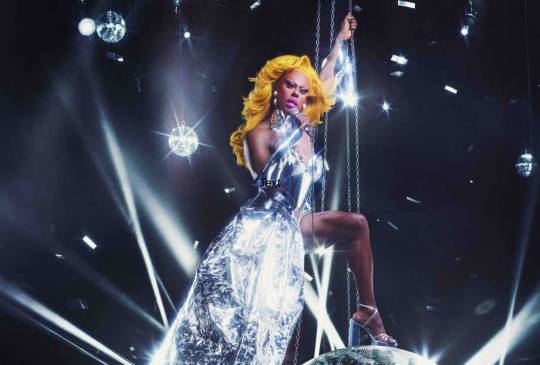
Love Masisi (Pierre Alexandre)
Gender: Non binary (they/them) (she/her in drag)
Sexuality: Queer
DOB: 9 July 1977
Ethnicity: Afro Haitian
Nationality: American
Occupation: Drag artist, reality star
#Love Masisi#Pierre Alexandre#qpoc#queerness#lgbtq#non binary#queer#1977#black#haitian#poc#afro carribean#caribbean#hispanic#drag artist#reality star
76 notes
·
View notes
Text
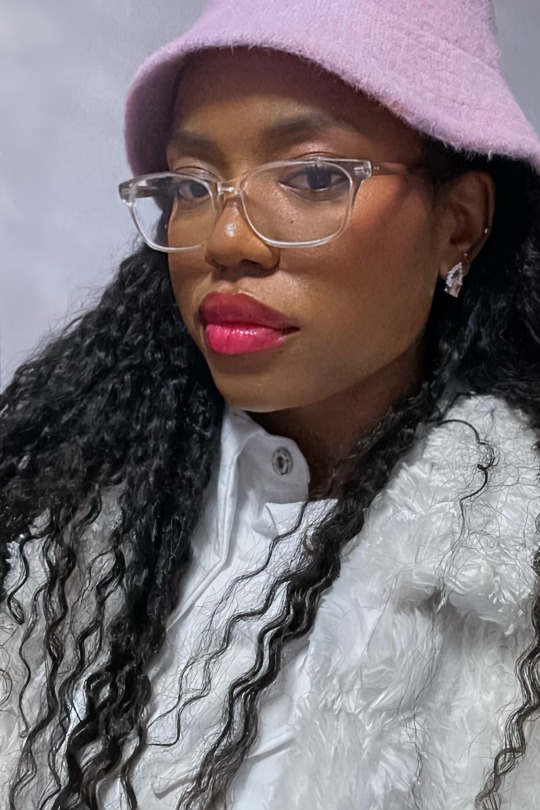

Yesterday. ☺️🥹
#I wore all white and my dad asked me if i’m getting married 🤣🥹#he’s hilarious#but i’m super glad my whole family got to attend#black woman#selfie#soft life#black girl#pink#haitian
38 notes
·
View notes
Text

STIVENSON MAGLOIRE (HAITIAN, 1963-1994)
#stivenson magloire#haiti#haitian#haitian art#vodou#voodoo#haitian vodou#vodoun#black artist#black art#art naif
251 notes
·
View notes
